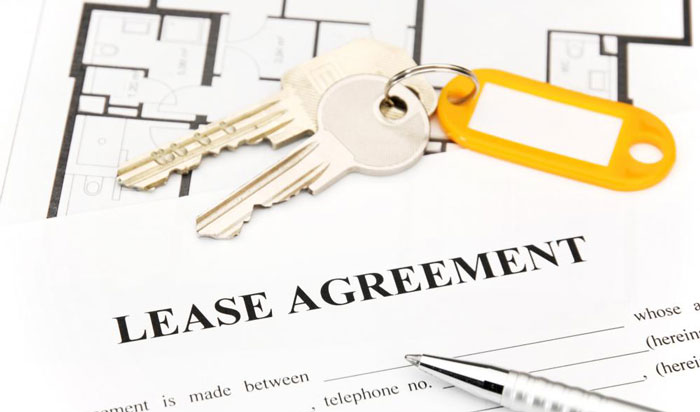Having suitable commercial premises at an ideal location is an investment decision which can either propel your business to new heights of success, or just doom it to the life of obscurity. To make sure that your business sees foot traffic, you need to make sure that you buy or lease the ideal place to set up your new enterprise.
Do you know the steps to leasing the property of your choice? Since a leasing contract is legally binding, it signifies that any errors on your part can prove to be problematic and may even lead to any legal actions against you. It would be hard for you to plead ignorance of any vital step in the leasing process later. That is why it is crucial for you to know how to lease a business premises in Australia in the right way.
There are seven main steps which help you lease premises as your commercial property, according to the legal acts binding in Australia. These 7 steps are,
- Carefully consider all your leasing needs
- Do research and also inspect the premises
- Obtain all forms of outlined preliminary documentation
- Opt for expert legal advice
- Know how to negotiate the property lease
- Prepare the final lease documents
- Rules about fit out projects on the premises
Every step is essential and needs to be followed as outlined, and you can also download the following detailed guide Leasing business premises – a commercial and practical guide (3rd edition).
1. Consideration of All Leasing Needs
First and foremost, you need to carefully consider all your leasing requirements. Before leasing a property, make sure that it will help you meet all short term as well as long term goals. Find a property which will allow your business to grow and expand, and which has a lease that can easily be transferred to another party later.
Make sure that the premises will offer your needed return on investment throughout the duration of the lease, and the property will offer you the chance to generate enough income to effectively meet your target profit. Negotiate the terms of the lease to avoid any issues or surprises in the future.
2. Inspect Premises and Also Do Research
Do research and engage in comparisons of the building with the others, to find out its benefits and shortcomings. Analyse if the property will be most suitable for your business or not. It is important to do all the research and inspection work before signing a deal.
3. Get All Preliminary Documentation
You will need a range of different preliminary documents to lease the property you want. These documents you will need include,
- A fit out schedule/plan
- Agreement contract for lease
- Document for expression of interest
- Contract of sale which outlines all lease terms
- Lease offer and due acceptance
- Premises lease document
As per the Act, while considering a new retail lease you will need,
- A tenant guide
- Form 1 Disclosure statement
- Itemized operating budget for current year
- Proposed lease document
4. Get Legal Advice
Get legal advice before closing a lease deal. Most lease clauses are complicated which makes it essential to get professional help to make the right decision. To avoid any errors, seek expert help.
5. Negotiate Leasing Contract
It is important for the tenant and the landlord to negotiate a leasing deal which is beneficial for both. For a first time lease tenant, it is important not to become too emotionally attached to the first lease offer. Even if it is a standard lease offer, you can still negotiate some changes and modifications in the terms of the contract which would suit you more.
6. Preparation of Final Documents
After the negotiations, you will sign a final form. Make sure that you read and understand every detail about the lease before both the parties sign a legally binding contract.
7. Fit Out Project Rules
Always know who will be responsible for the fit out projects on the property. If they are the responsibility of the tenant, he can take them with him at the end of the lease contract.
The right completion of the process is vital to the lease of the property.


